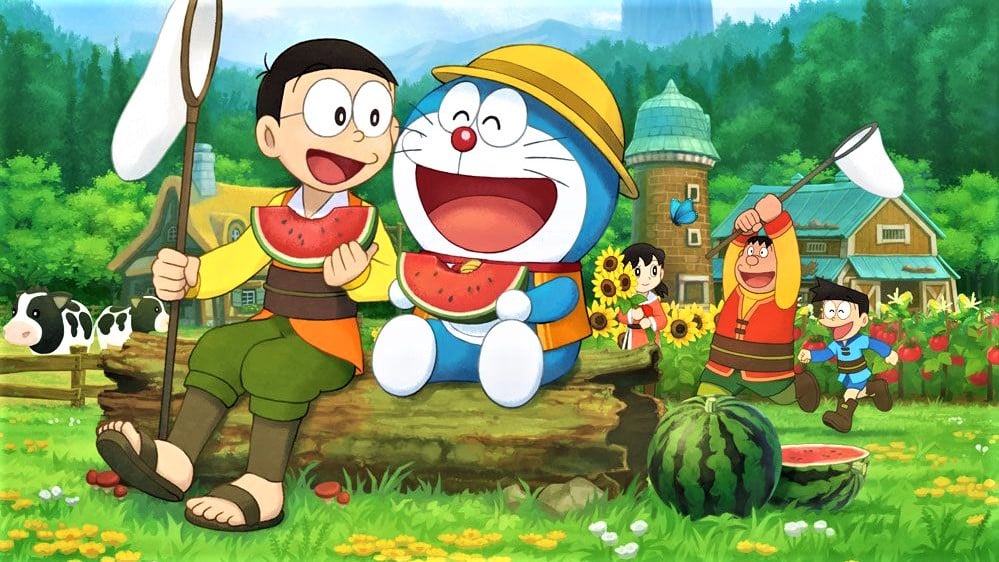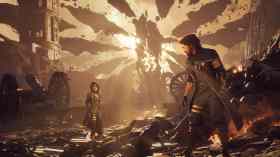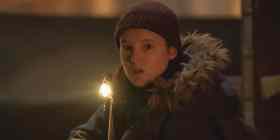In 2019, I said goodbye to a loved one. It was life-changingly difficult, and for weeks I could hardly leave the comfort of my bed. My mind switched off from work and life admin; it couldn’t process anything additional to my grief. But there was one thing that helped get me through the day: video games.
Video games have for decades been criticised as harmful – a source of addiction said to cause everything from hygiene issues, to a lack of empathy and decreased immune function. Rarely reported is the opposite: the way games can heal us. When enjoyed in moderation, they provide us with a safe space of our own. And if we look at video games through a therapeutic lens, we can see how closely they align with other forms of healing – specifically, art therapy.

Art therapy uses creative outlets to improve mood, health, and well-being. Activities range from painting to reading, dancing, to playing music – all widely accepted as beneficial to our mental and physical health. Bibliotherapy has been used for more than a century; World War I veterans would use literature to recover from their trauma. Music therapy is so popular that some compositions have been recorded for the purpose of decreasing anxiety, such as the Hush series of albums designed to calm patients in healthcare settings.
The practice of playing games is occasionally portrayed in a health-positive light, but this tends to revolve around its brain-boosting abilities: enhanced spatial awareness, improved decision-making, and potentially increased grey matter. While most gamers would welcome such findings, those who play regularly may also understand the psychological benefits of having another world open to us.
When we have an accessible escape from the hardships of life, it’s more than just a resource for spatial awareness training. Our favourite titles draw our focus, holding our attention until we feel distracted from our troubles, and engaged with creativity and imagination.
The game I have found most therapeutic is Doraemon Story of Seasons. The Australian release date coincided with the loss of my loved one, and had it not been made available during that time, I don’t know what I would have done – probably little more than sleep.
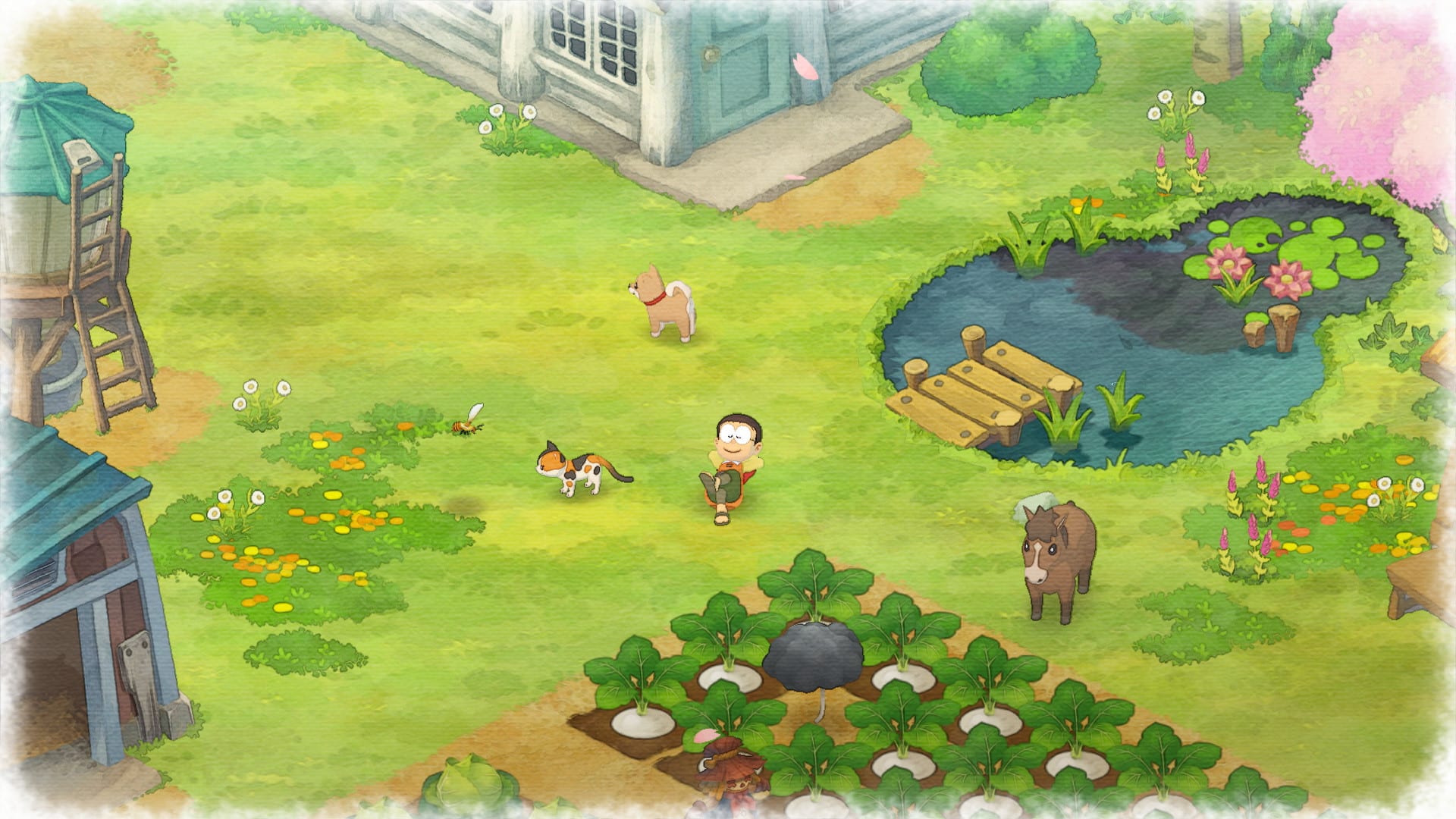
I started playing the role-playing game as I was grieving, and I believe its pace served me well: each day I nurtured baby animals, brushing and feeding them until they were fully grown. I planted a beautiful garden, and shared fresh crops with friendly neighbours. I decorated my own little cottage beside the veggie patch.
Through these activities, the passing of time felt less frantic: spring would turn to summer, and before long the leaves would fall, and I would frolic through the snow. My mind became soothed as I strolled past babbling brooks, greeted forest creatures, and trekked to the mountain peak.
Doraemon Story of Seasons is charming, but if we take a step back and consider the game’s individual elements, we can see how it mirrors traditional art therapy. Here, the player is immersed in a stunning watercolour art style; fine art brought to life. The music changes with the seasons: winter nights are portrayed with an impressionist-style piano theme, while spring chimes in with a gentle guitar melody. Then there’s the structure of a text-based narrative journey; the ability to get lost in a story and its characters in the same way a reader might sink into a novel.
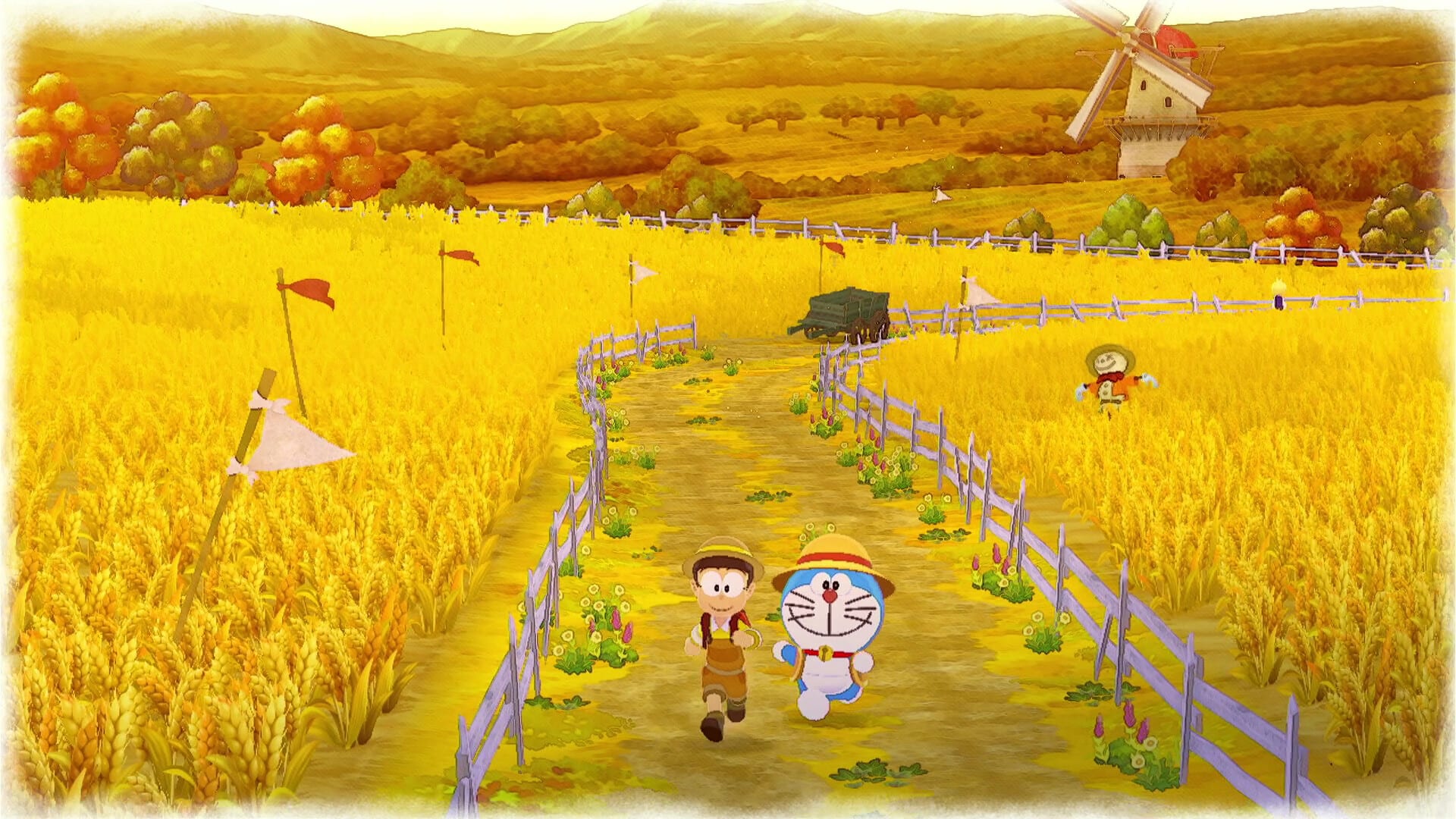
Of course, none of this is by accident. These elements are purposefully designed to evoke peace; every game has its drawcard to entice players back to the screen, and the pleasant aesthetic is a substantial part of the Doraemon Story of Seasons experience.
But countless other games offer rewarding ways to pass the time – the new Disney Dreamlight Valley combines a light farming simulator with all the comfort of childhood nostalgia; familiar stories and animated characters we know and love.
Yoshi’s Woolly World and Yoshi’s Crafted World incorporate textile-themed levels that capture the magic of arts and crafts (without the mess of cardboard clippings on your living room floor). And Animal Crossing: New Horizons has inspired communities of players to document and share the mental health benefits they feel when designing their islands.
Ahead of the 2022 release of Doraemon Story of Seasons: Friends of the Great Kingdom, I am touched with the sense that this game will provide a healing experience far bigger than mine alone: it will be delivered to audiences who have been disrupted by stressors of the pandemic life.
Many will find inner peace through this serene and scenic journey. The game introduces multiplayer functionality; I will enjoy relaxing in the watercolour landscape with my partner beside me.
After all, what could feel healthier or more therapeutic than experiencing music, visual art, and stories with someone you love?
